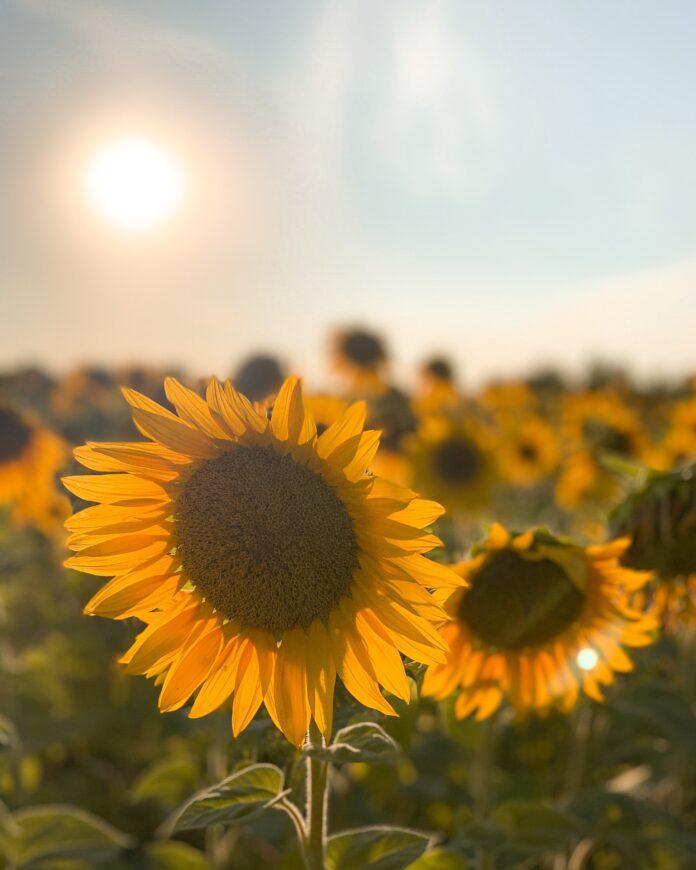A SYMBOL OF HOPE
The language of horticulture is universal. Flowers can be powerful symbols of love, rebirth and resilience. Perhaps no better example could be given, than that of a lone Ukrainian woman forcefully thrusting a clenched fist of seeds towards a Russian soldier, telling him, “Take these seeds so that sunflowers grow when you lie down here.” The sunflower is the national flower of Ukraine and is quickly becoming an international symbol of hope and resistance.
A number of horticultural businesses are currently engaged in efforts to deliver aid to refugees fleeing the conflict on Poland’s border. Making best use of their connections to Eastern Europe and their access to transport, these companies are collecting essentials to be provided to those most in need – an incredibly admirable endeavour.
Reverberations from this conflict have the potential to disrupt international supply chains and, if this is so, the edible horticulture sector will need to upscale production. Copa-Cogeca, the umbrella organisation representing both European farmers and agri-cooperatives, has already called for guidance from the European Union and for permission “to be able to cultivate all available land in 2022, to compensate for the blockage of Russian and Ukrainian production.” When this happens, the government will have to come up with creative solutions to guarantee adequate labour supply for the sector.
Our own industry is currently enjoying a rebirth of sorts. We can look forward to a spring and summer of in- person conferences and trade shows, finally reconnecting after a long time apart. Bord Bia Bloom will return to its home in the Phoenix Park following two years of virtual #BloomAtHome events. Other events to look forward to include GLAS, Garden Show Ireland, the HTA National Plant Show in the UK, and IPM Essen Summer Edition in Germany.
The recent GLDA seminar – a full report is included in this issue – was perhaps the last edition of the event to take place solely in the digital space. An international panel of speakers at the event echoed sentiments that were evident in the winter edition of Horticulture Connected: that more thought needs to be given to biodiversity, sustainability and the way we plant trees in the urban environment. In our last issue, the point was powerfully raised by John Murphy in his article ‘Time For Combat’. He argued that sensible but urgent planting initiatives are needed to combat the climate crisis. This idea is expanded upon in this very issue, in articles by Terry O’Regan and – landscape architect with Dún Laoghaire-Rathdown County Council – Aidan Ffrench. It’s clear that there is a consensus surrounding this topic and that the humble tree must become much more than a symbol of hope in our fight against climate change. The time to act is now.
Elsewhere in this issue, Karen O’Hanlon reports on studies that champion seaweed as a solution to the fertiliser and pesticide supply issue; Noeleen Smyth looks at biodiversity initiatives that could support our urban bee population; Féidhlim Harty talks about how good watershed management can reduce the pollution in our rivers; Mark O’Loughlin confronts the issues facing recruitment in the horticulture sector; Laurence Gale updates us on machinery advances in turf care; and John Murphy returns with an article that looks to the future of tree production. In addition to this, we have all the latest news and articles from Teagasc and Bord Bia. ✽






